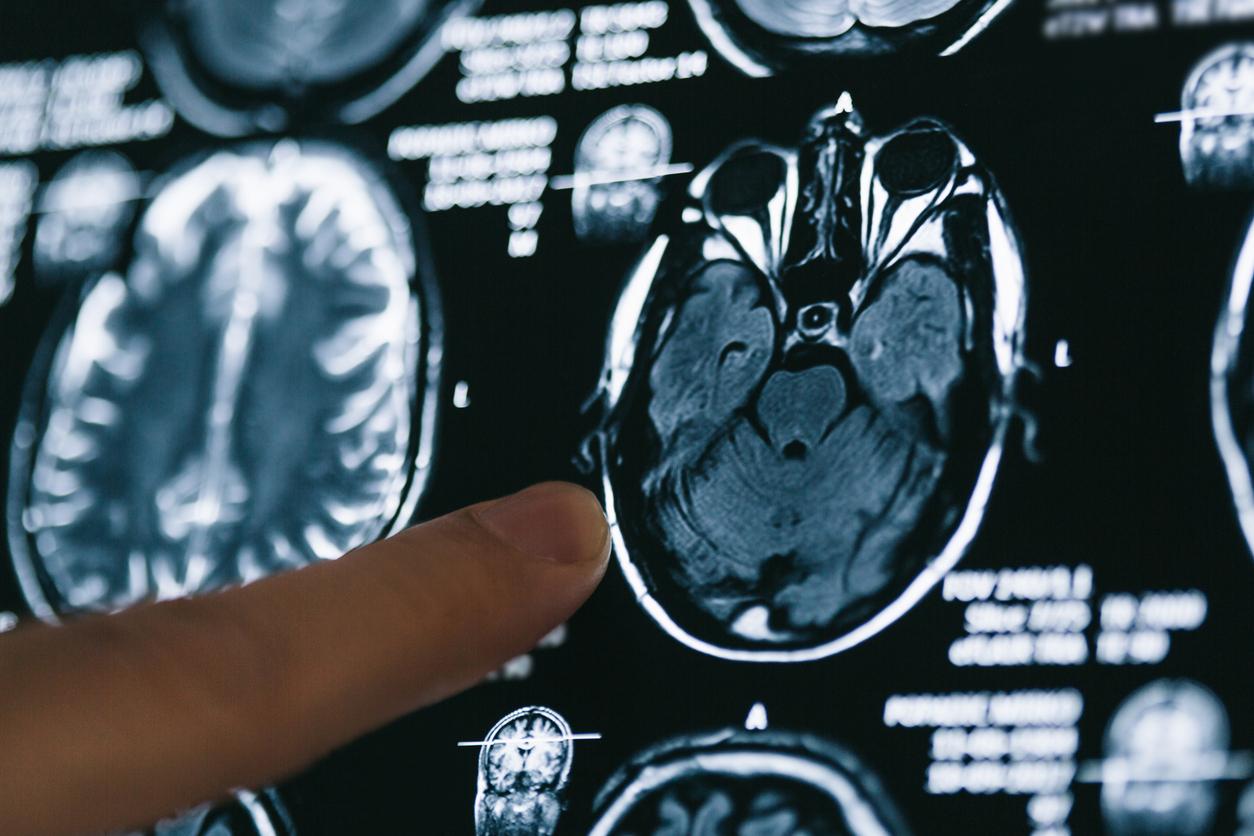What if a machine could analyze the brain from all angles and thus detect neurodegenerative diseases such as Alzheimer’s? At the Pitié-Salpêtrière hospital in Paris, we firmly believe in this prospect. The reason for this enthusiasm: the acquisition by the establishment of advanced technology in the detection of brain lesions associated with Alzheimer’s disease.
The machine, which combines two imaging techniques, positron emission tomography (PET) and magnetic resonance imaging (MRI), makes it possible to visualize the composition of the tissues of the brain and also to follow the functioning of the brain from different aspects. such as oxygenation and cell proliferation.
The device, designed by General Electric Health Care, would allow early detection of lesions in the brain and study their progression. The stated objective: to better identify patients at risk of developing Alzheimer’s disease, because the symptoms of the disease (memory loss, mood swings, confusion) generally appear long after the appearance of the first lesions. “Senile plaques can be seen very early, especially in early-stage Alzheimer’s disease.“, explains Professor Aurélie Kas, head of the nuclear medicine department at Pitié-Salpêtrière, to France Inter.
A new PET-MRI platform at the … through aphp-official
Detect and treat in the long term
Alzheimer’s disease is not the only pathology targeted by this device. This one should be able to track down further upstream, patients at risk of neurodegenerative diseases such as Parkinson’s and the multiple sclerosis. The PET / MRI machine should also make it possible to measure the effectiveness of experimental drug treatments on brain lesions.
Source: A new PET-MRI platform at the Pitié-Salpêtrière hospital, October 21, 2015
>> To read also: Misconception: we only use 10% of our brain
Alzheimer’s disease: palpation of the brain, soon to be a diagnostic tool


















